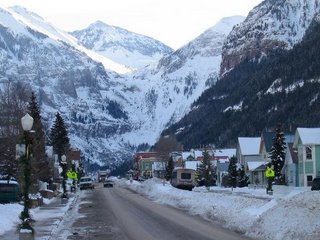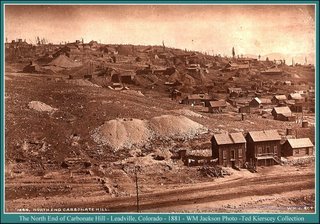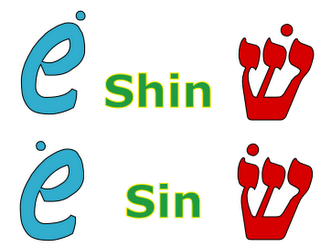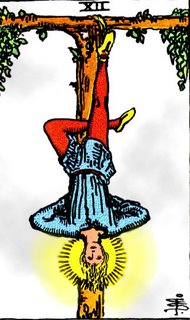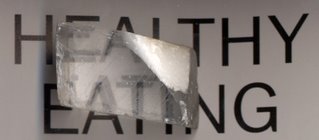I'm taking a break from grading student blogs to present my next post on the Uber-book.
This chapter (pages 57-80) gives us the story of the photographer, Merle Rideout, and his daughter, Dahlia, as they troop across America after the fair, Dally growing up into a young woman destined to make “life complicated for every rodeo clown that crossed her path” (75). She appears to be another complex woman-child, like Bianca in
GR, and Zoyd Wheeler in
Vineland. And while (so far at least) there is none of the troubling child sexuality Pynchon was chastised for describing in
GR, at least one commentator on the Pynchon Wiki (
http://against-the-day.pynchonwiki.com/wiki/index.php?title=ATD_26-56) saw the introductory scene with Dally on page 27 as “the first sour note of the book.” Pynchon is always trying to show his audience the socially-constructed nature of such concepts as childhood, but all too often these attempts come off as exploitative to some readers.
The chapter meanders, even as Merle and Dally wander across America, finally arriving in Colorado where Merle's chemical (bomb-making?) skills attract the attention of the anarchist Webb Traverse, who sets him up as head amalgamater at the Little Hellkite mine near Telluride. Along the way we learn that Dally resents the loss of Chicago (after the fair, small midwestern towns and cities pale in comparison—‘How you gonna keep ‘em down on the farm after they’ve seen Paree?’) and her mother, Erlys, both facts for which her father seems to receive blame. By the end of the chapter Dally learns that Erlys, who married the magician (The Great Zombini) she ran off with, now lives in big city New York with “a dozen or so kids” (75). We know a mother/City/daughter reunion will soon be in the works.
We also get one of Pynchon’s strange anthropomorphic fantasies, reminiscent of “Byron the Bulb” in GR. This time the character is Skip, a manifestation of ball lightning, a phenomena sometimes associated with Tesla (
http://amasci.com/tesla/ballgtn.html).
Rideout’s chemical interests also meander in alchemy, and he discusses quicksilver and the Philosopher’s Stone with Webb Traverse. Interesting connection here with Enoch Root, Neal Stephenson’s character from Cryptonomicon and Quicksilver (
http://www.metaweb.com/wiki/wiki.phtml?title=Stephenson:Neal:Quicksilver:Enoch_Root).
Much of the early part of the chapter details the events surrounding the Michelson-Morley experiment, for which Mickelson won the Nobel Prize for Physics in 1901 (
http://en.wikipedia.org/wiki/Michelson-Morley_experiment). For some reason Morley didn’t, and the narrator speculates that Morley was a doppleganger for the gangster, Blinky Morgan, Cleveland’s foremost desperado (
http://www.gsbbooks.com/cgi-bin/gsb455/10225.html). The experiment, which proved that the Aether (a mysterious substance through which it was postulated that light waves travel through space) did not exist, was an important precursor to Einstein’s General Theory of Relativity, a coming event that hovers over this novel, and this era, much in the same way that the World War does. For Pynchon, relativity may also symbolize social relativism, the destruction by science of the certainty of faith and religion, and its accompanying social/moral structure, the grand advance of modernity which also seems to be Virginia Woolf’s grand theme in The Years. The believers in the Aether are shown by Pynchon to be religious acolytes, and Roswell Bounce (great name! UFOs and weather balloon) compares their disappointment with the results of the experiment, to the “cults who believe the world will end on such and such a day” (62).
At any rate, it’s a portentous time that is being chronicled, and Pynchon leaves us with a peek at one of his themes: “Lately Merle had been visited by a strange feeling that ‘photography’ and ‘alchemy’ were just two ways of looking at the same thing—redeeming light from the inertia of precious metals” (80). Could this also presage atomic energy? And the Calvinist belief in predestination is also reinforced: “And maybe his and Dally’s long road out here was not the result of any idle drift but more of a secret imperative, like the force of gravity” (80). Photography as the union of silver, chemistry, and light. As in GR, the laws of Physics (and Chemistry) and fate are a central part of the inextricable web of human and non-human connections. Will Merle’s new friend “Traverse the Web”?
An amazing chapter. If Pynchon can sustain this through the remaining 1000 pages (big IF), he may have eclipsed the accomplishment of Gravity’s Rainbow. Silly, narrow-minded critics! What a fun, FUN read!
